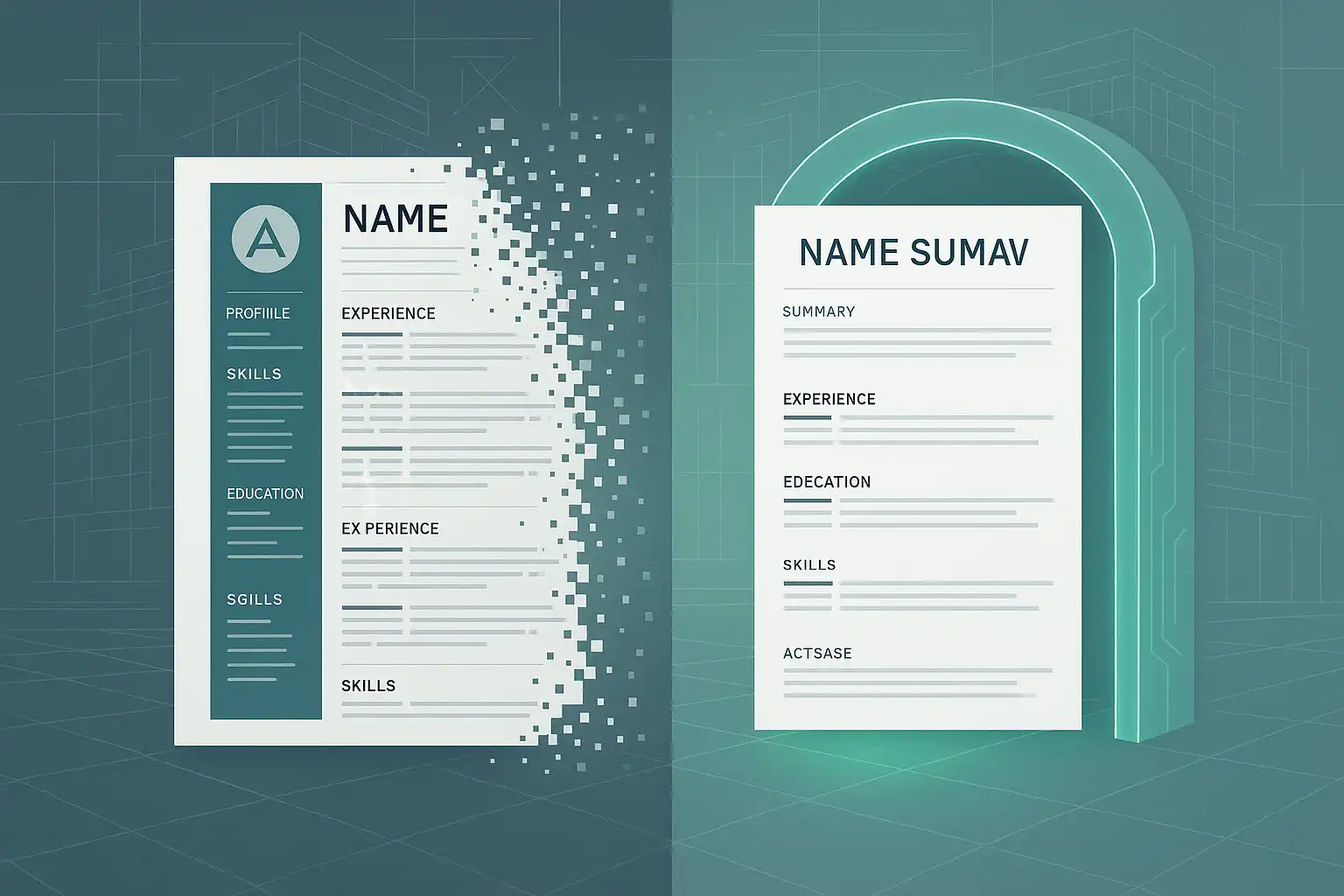- Home
- Articles
- Architectural Portfolio
- Architectral Presentation
- Inspirational Stories
- Architecture News
- Visualization
- BIM Industry
- Facade Design
- Parametric Design
- Career
- Landscape Architecture
- Construction
- Artificial Intelligence
- Sketching
- Design Softwares
- Diagrams
- Writing
- Architectural Tips
- Sustainability
- Courses
- Concept
- Technology
- History & Heritage
- Future of Architecture
- Guides & How-To
- Art & Culture
- Projects
- Interior Design
- Competitions
- Jobs
- Store
- Tools
- More
- Home
- Articles
- Architectural Portfolio
- Architectral Presentation
- Inspirational Stories
- Architecture News
- Visualization
- BIM Industry
- Facade Design
- Parametric Design
- Career
- Landscape Architecture
- Construction
- Artificial Intelligence
- Sketching
- Design Softwares
- Diagrams
- Writing
- Architectural Tips
- Sustainability
- Courses
- Concept
- Technology
- History & Heritage
- Future of Architecture
- Guides & How-To
- Art & Culture
- Projects
- Interior Design
- Competitions
- Jobs
- Store
- Tools
- More
4 Key Tips for Applying to Architecture Firms and Landing Your Dream Job
Unlock your dream job in architecture with these four essential tips! This article reveals how to create a standout portfolio, tailor your resume, and leverage networking to boost your chances of success. Gain insights into what different architecture firms seek and learn how to excel in interviews.

Navigating the world of architecture can feel overwhelming, especially when it comes to landing that dream job at a top firm. We all know that a strong application can make all the difference in a competitive industry. That’s why we’ve compiled four key tips to help us stand out and make a lasting impression on potential employers.
From crafting a compelling portfolio to mastering the interview process, these insights are designed to elevate our applications and showcase our unique skills. Whether we’re recent graduates or seasoned professionals looking for a change, understanding what architecture firms seek can significantly enhance our chances of success. Let’s dive into these essential tips and set ourselves up for a rewarding career in architecture.

Table of Contents
ToggleUnderstanding Architecture Firms
Understanding the landscape of architecture firms plays a crucial role in crafting effective applications. Each firm has its unique culture, specialties, and expectations that influence what they seek in candidates.

Types of Architecture Firms
- Large Firms: These firms often work on extensive projects, such as commercial buildings and urban developments. Candidates may find opportunities for specialization and collaboration with design teams.
- Medium Firms: Medium-sized firms usually balance between large-scale and personalized projects. These firms may prioritize versatility in applicants, valuing skills across various types of architectural design.
- Small Firms: Small firms often focus on individualized projects, such as residential designs. Applicants might benefit from showcasing a wide range of skills, including project management and client interaction.
- Boutique Firms: Boutique firms specialize in unique and custom projects. Creative problem-solving and a distinct design aesthetic often stand out in these environments, making them attractive to innovative thinkers.
- Sustainable Firms: These firms focus on environmentally sustainable design. Candidates may enhance their applications by highlighting sustainable practices and green certifications.
What Employers Look For
- Strong Portfolio: A well-organized portfolio displaying diverse work showcases design skills and creativity, demonstrating proficiency in architectural software and tools.
- Technical Skills: Employers value proficiency in architectural software like AutoCAD, Revit, and SketchUp. Knowledge of building codes and regulations is also vital.
- Communication Abilities: Strong verbal and written communication skills facilitate effective collaboration with team members and clients alike, essential for successful project execution.
- Problem-Solving Skills: Architects must navigate challenges creatively, and employers look for candidates who can propose innovative solutions under constraints.
- Cultural Fit: Firms seek applicants who align with their values and work ethic. Demonstrating knowledge about a firm’s projects and culture during interviews can enhance connection points.
Tip 1: Build a Strong Portfolio
Building a strong portfolio is essential for showcasing our skills and attracting the attention of architecture firms. A well-organized portfolio presents our unique style and capabilities, making a lasting impression on potential employers.

Showcase Your Best Work
Showcasing our best work is crucial. Select projects that highlight our design skills, creativity, and problem-solving abilities. Focus on quality over quantity—highlight three to five outstanding projects. Include detailed descriptions that explain the design process and our role in each project. Use high-resolution images to capture attention and demonstrate our proficiency.
Include a Diverse Range of Projects
Including a diverse range of projects strengthens our portfolio. Feature various project types, such as residential, commercial, institutional, or public works. By doing this, we demonstrate versatility and adaptability. Highlight different design styles and materials to show our ability to work across various contexts. Tailoring our portfolio to reflect the specific focus of the architecture firm we’re applying to can further enhance our appeal.
Tip 2: Tailor Your Resume and Cover Letter
Tailoring our resume and cover letter to each architecture firm significantly enhances our chances of making a lasting impression. Personalized applications stand out and align better with the specific needs of potential employers.

Highlight Relevant Skills
Highlighting relevant skills in our applications ensures we demonstrate our value effectively. Focus on specific skills sought by architecture firms, such as:
- Proficiency in architectural software like AutoCAD and Revit
- A strong understanding of building codes and regulations
- Experience with project management and collaboration
- Effective communication abilities with team members and clients
- Innovative problem-solving techniques demonstrated in past projects
We can mention these skills prominently in our resume and cover letter, providing examples of how we’ve applied them in real-world scenarios.
Personalize for Each Application
Personalizing each application enhances our relevance to the firm. We should research the firm’s projects, values, and culture. Then, incorporate this information into our documents by:
- Addressing the firm by name in the cover letter
- Mentioning specific projects or initiatives that resonate with us
- Reflecting on the firm’s values and aligning our experiences with them
By demonstrating knowledge of the firm and articulating our excitement about contributing to their goals, we position ourselves as strong candidates.
Tip 3: Network Within the Industry
Networking plays a crucial role in securing positions within architecture firms. Establishing and cultivating connections exposes us to opportunities while allowing us to build a professional reputation.

Attend Architecture Events
Attending architecture events provides direct access to industry professionals and potential employers. We can participate in conferences, seminars, and workshops to gain insights into current trends. Engaging in discussions at these events fosters relationships with peers, mentors, and firm representatives. Networking can lead to referrals, making us more noticeable to prospective employers.
Join Professional Organizations
Joining professional organizations enhances our visibility within the architecture community. Membership in groups like the American Institute of Architects (AIA) or local architectural societies offers networking opportunities and resources. These organizations often host events, provide mentorship programs, and share job openings that can connect us with potential employers. Active participation demonstrates our commitment to the profession and expands our network significantly.
Tip 4: Prepare for Interviews
Preparing for interviews requires strategic effort and thorough practice. Setting ourselves up for success means being informed and confident during each interaction with potential employers.

Research the Firm
Understanding the firm stands as a critical step in interview preparation. We should explore the firm’s culture, recent projects, and design philosophies. Engaging with their website and social media channels provides invaluable insights into their values and focus areas. Reviewing published articles, awards, and notable projects helps us tailor our responses to align with the firm’s goals. Demonstrating this knowledge during the interview shows our genuine interest and commitment to being a part of their team.
Practice Common Interview Questions
Practicing common interview questions ensures we articulate our skills and experiences clearly. We should prepare for questions related to our design methodology, project experiences, and teamwork scenarios. Common questions include:
- Tell us about a project you are proud of.
Highlighting specific challenges and how we overcame them positions us as problem-solvers.
- How do you handle constructive criticism?
Showing openness to feedback reflects our adaptability and growth mindset.
- Describe your experience with collaborative projects.
Sharing examples illustrates our ability to work effectively within diverse teams.
- What are your career goals in architecture?
Articulating long-term aspirations indicates our ambition and alignment with the firm’s vision.
Practicing responses to these questions strengthens our confidence and fluency during the interview, allowing us to focus on making a strong impression.
Conclusion
Securing a position at an architecture firm requires strategic actions throughout the application process. Understanding the unique culture and expectations of various architecture firms enhances our ability to tailor our applications effectively. Recognizing the importance of a strong portfolio, personalized resume and cover letter, and robust networking demonstrates our commitment to the profession.
Building a compelling portfolio featuring selected project types showcases our creativity and versatility. Each project description must detail specific roles and contributions, emphasizing our design skills and problem-solving capabilities.
Tailoring our resumes and cover letters to reflect each firm’s values and needs positions us as serious contenders. Highlighting relevant skills such as proficiency in architectural software and project management strengthens our applications.
Networking plays a critical role in discovering job opportunities and connecting with industry professionals. Attending relevant events and joining professional organizations, like the American Institute of Architects, expands our network and keeps us updated on industry trends.
Preparing for interviews through thorough research and practice allows us to present our skills and experiences confidently. Anticipating common questions strengthens our ability to communicate effectively, making a favorable impression on potential employers.
- applying for architecture positions
- architect job application process
- architectural application advice
- architecture careers application tips
- architecture company application tips
- architecture firm application guide
- architecture firm hiring tips
- Architecture job application tips
- architecture job search strategies
- getting hired by architecture firms
- how to apply to architecture firms
- how to get a job at an architecture firm
- tips for architecture job applications
I create and manage digital content for architecture-focused platforms, specializing in blog writing, short-form video editing, visual content production, and social media coordination. With a strong background in project and team management, I bring structure and creativity to every stage of content production. My skills in marketing, visual design, and strategic planning enable me to deliver impactful, brand-aligned results.
Submit your architectural projects
Follow these steps for submission your project. Submission FormLatest Posts
How Architects Can Pick the Perfect AI Resume Builder—A Practical Buyer’s Guide
Nearly every major architecture firm now routes applications through an applicant tracking...
Brand Strategy for Architects and Designers
Today, architects and designers must build strong brands that reflect their vision...
Why Students Choose to Study Architecture: Unpacking Passion and Career Opportunities
Explore the compelling reasons students choose to study architecture in this insightful...
Architecture Salary: How Much Do Architects Earn in 2025?
Discover the diverse salary landscape in architecture! From entry-level roles to leadership...












Leave a comment